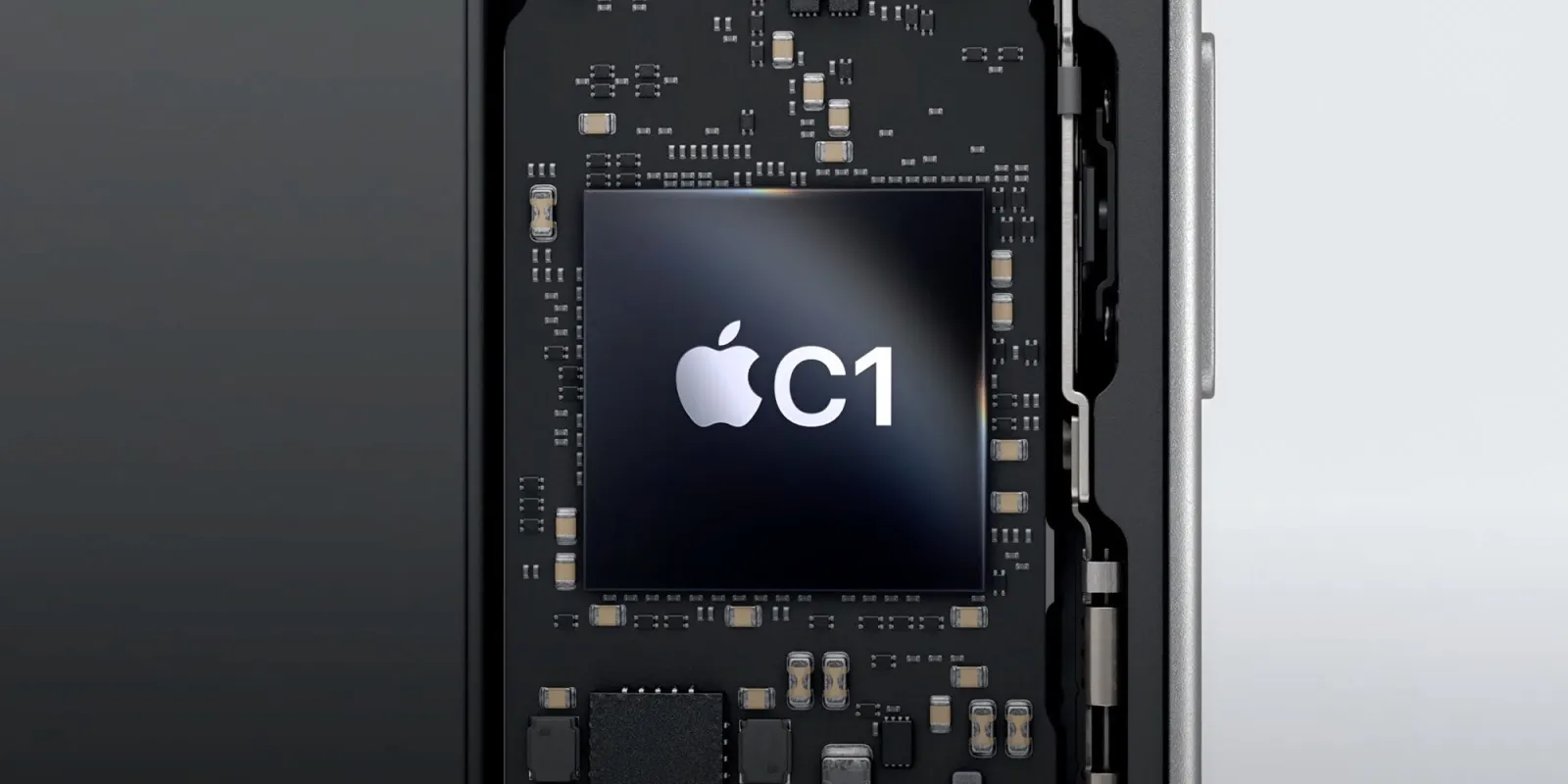
Apple achieved a major milestone yesterday, when it launched an iPhone with its own in-house modem instead of a Qualcomm one: the C1 chip.
This has been a key goal for the company for a great many years for two reasons, so finally ticking the box is a pretty big moment …
The twin benefits of the C1 chip
As we noted yesterday, ditching a Qualcomm modem for the C1 is a double-win for Apple.
First, Qualcomm’s fee structure, which Apple has long considered unfair. When Apple bought modem chips from the company, it had to pay twice: once for the chip itself, and again for a royalty permitting the use of the technology. Apple referred to this practice as “double dipping.”
It would be like Apple selling you an iPhone but then demanding you buy a separate software license for iOS. Or including an iPhone backup feature but then making you pay extra for enough iCloud stor– Uh, ok, maybe not that one.
Second, Apple cited the power efficiency of its new chip.
Expanding the benefits of Apple silicon, C1 is the first modem designed by Apple and the most power-efficient modem ever on an iPhone, delivering fast and reliable 5G cellular connectivity. Apple silicon — including C1 — the all-new internal design, and the advanced power management of iOS 18 all contribute to extraordinary battery life.
The more of the hardware Apple designs, the more the company can maximize efficiencies in the way everything works together.
But no mmWave 5G
It was rumored beforehand that Apple’s first-gen modem chip would involve some compromises, and we now know what these are.
The C1 chip supports Wi-Fi 6, not Wi-Fi 7, and it also lacks mmWave 5G. This is the ultra-high-speed but also ultra-short-range version of 5G which is really more like a form of Wi-Fi than mobile data, in that you need to be very close to a base station to get coverage.
The theory was that mmWave 5G would be widely rolled out in areas with lots of people: airports, transit stations, entertainment venues, shopping malls, and so on. The reality, however, is that availability is incredibly limited. Carriers seem to have decided that the sheer volume of base stations needed is just too expensive for a feature with rather niche appeal.
Given the incredibly limited carrier support, and Apple feeling comfortable launching a modem chip without the feature, does that mean 5G mmWave is effectively dead?
It may be included in a C2 chip
Maybe.
It’s likely that Apple deliberately limited the challenges it had to overcome in launching its first modem chip, but will add features in a subsequent one. Bloomberg believes that mmWave 5G will be one of these, appearing in a second-gen chip – but says that won’t make it into the iPhone 17 line-up, only the iPhone 18.
That may well be the case, but it also points to Apple’s view that the feature is a nice-to-have, rather than an essential spec.
My own view is that mmWave 5G is all hype: it allowed carriers and phone makers alike to get headlines with gigabit speed claims without actually paying the expensive infrastructure costs that would have been needed to make it widely available even in high-traffic areas in major cities.
What’s been your experience? How often do you see a mmWave 5G connection? And do you care about occasional gigabit speeds in a handful of locations? Please let us know in the comments.
Photo: Apple
FTC: We use income earning auto affiliate links. More.





